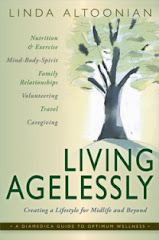Additionally, it is important that we moms set a good example for our children. If they see us making our health a priority, they will be more likely to do the same.
It is also important to understand that when patients only visit physicians when they fell ill, the opportunity to prevent and sometimes even to identify diseases early is lost. When we wait until we are symptomatic, damage has already occured. If problems are caught before the onset of symptoms, there is a greater chance of resolution.
Below are the basic tests that are critical to assess wellness.
In your 20s and 30s:
- Physical Exam once a year.
- Blood Pressure Screening every other year unless abnormal; then definitely more often.
- Cholesterol Screening at age 20, particularly if patient is at increased risk for heart disease.
- Breast exam at least once every three years until age 40; then it should be annual.
- Pap test every other year from 21 to 30, then yearly.
- Eye exam at least every other year. At age 45, your exam should include a glaucoma test.
- Women should have their first mammograms at age 40; then every other year unless breast cancer is in the family and then a yearly exam may be warranted.
- Bone density screenings should begin at age 65. If osteoporosis or osteopenia is found, then yearly tests are warranted.
- A colonoscopy should be done at age 50. Unless results are abnormal, they can be performed there after every 10 years.

